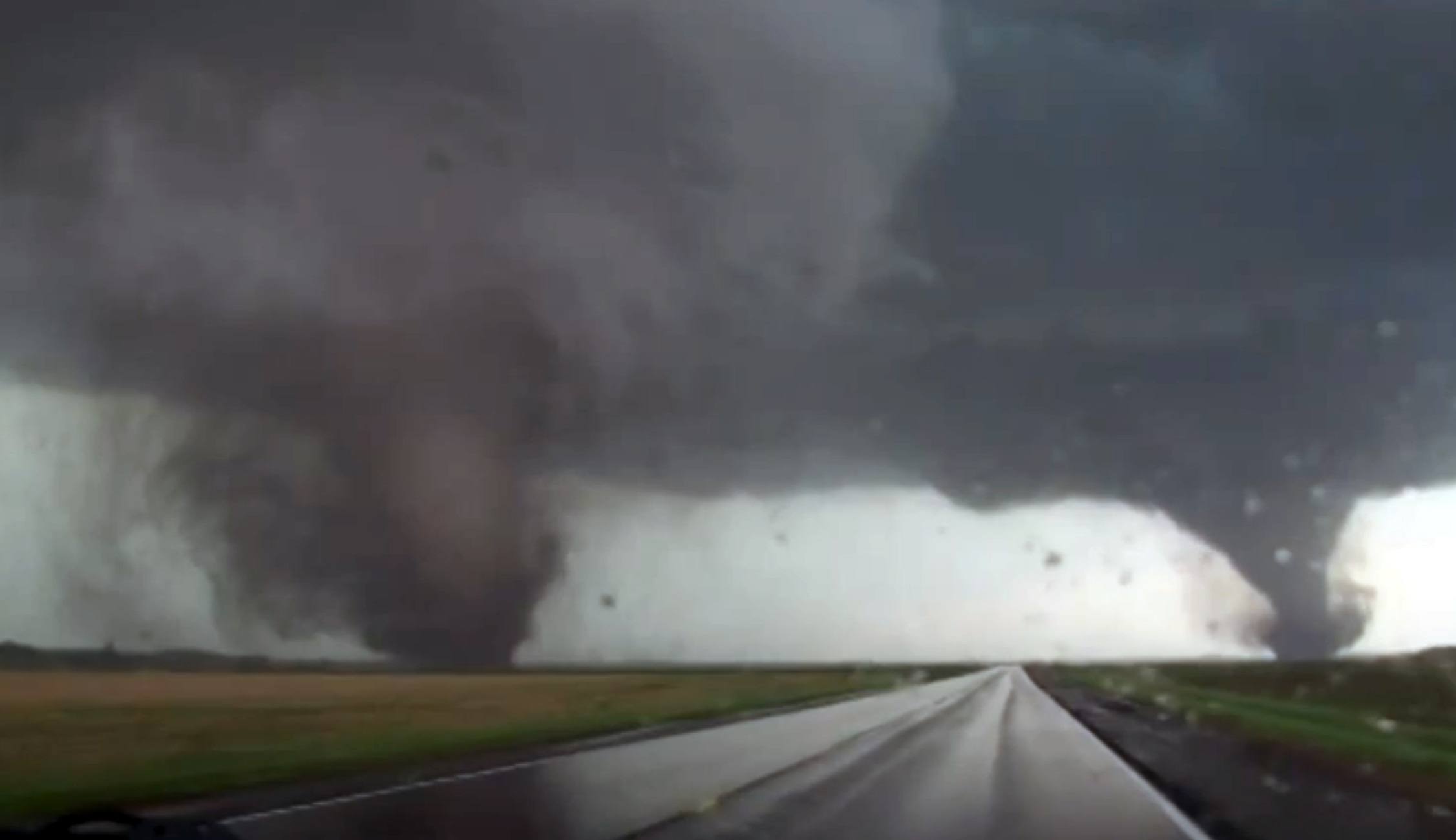
When the tornado sirens are tested twice today, it’ll be a reminder that we have ways of being alerted about tornadoes that are miles ahead of the “old days.” The satellites and computers are more robust, we’re attached to our smartphones which relay information more efficiently, and weather radios in our homes are pretty hard to ignore.
So why does it take longer now to find out about a coming tornado than it did just a few years ago?
The Washington Post reports today that, on average, we can get an eight minute warning of a coming tornado; that’s seven minutes less than 2011. The National Weather Service’s performance goal is at least 13 minutes.
And, using the National Weather Service’s own data, the Post says the probability of forecasters detecting a tornado has also gotten worse.
That’s somewhat offset by the fact forecasters are less likely to get a tornado prediction wrong. Ten years ago, for every five tornado warnings, there was only one tornado.
So forecasters aren’t preparing people as well for tornadoes, but not needlessly warning them either, the Post says.
In recent years, Brooks said, the Weather Service has placed “increased emphasis” on reducing false alarm rates, which may be motivating some forecasters to issue fewer warnings. Brooks referred to “unofficial efforts,” not policy, within the agency to curb false alarm frequency.
Greg Schoor, severe weather program coordinator at the Weather Service, confirmed its forecasters “have increased their focus” in reducing false alarm rates.
“I’m agnostic to whether that’s a positive,” Brooks ( Harold Brooks, a senior scientist at the National Severe Storms Laboratory in Norman, Okla.) said, stressing that he does not work for the Weather Service and that this view is his alone.
Forecasters try to avoid false alarms because conventional wisdom says that the public will ignore future warnings if they think previous warnings were busts, a problem known as “warning fatigue.” But Brooks explained that social scientists are only beginning to understand the implications of false alarms on human behavior and that such research is difficult to conduct and often inconclusive.
Other experts say the decline in performance might be related to a shift in focus to predicting shorter, hard-to-detect tornadoes. But performance has also gone down for the big, easier-to-predict ones.
On Tuesday, President Trump signed weather-related legislation that sets a one hour goal for tornado detection and warning.
